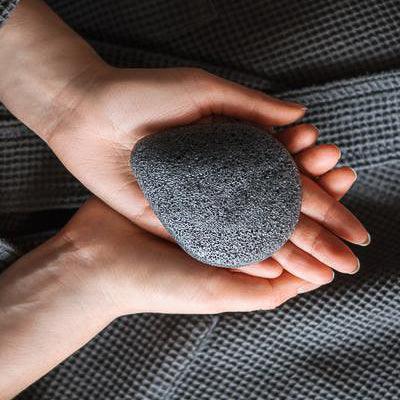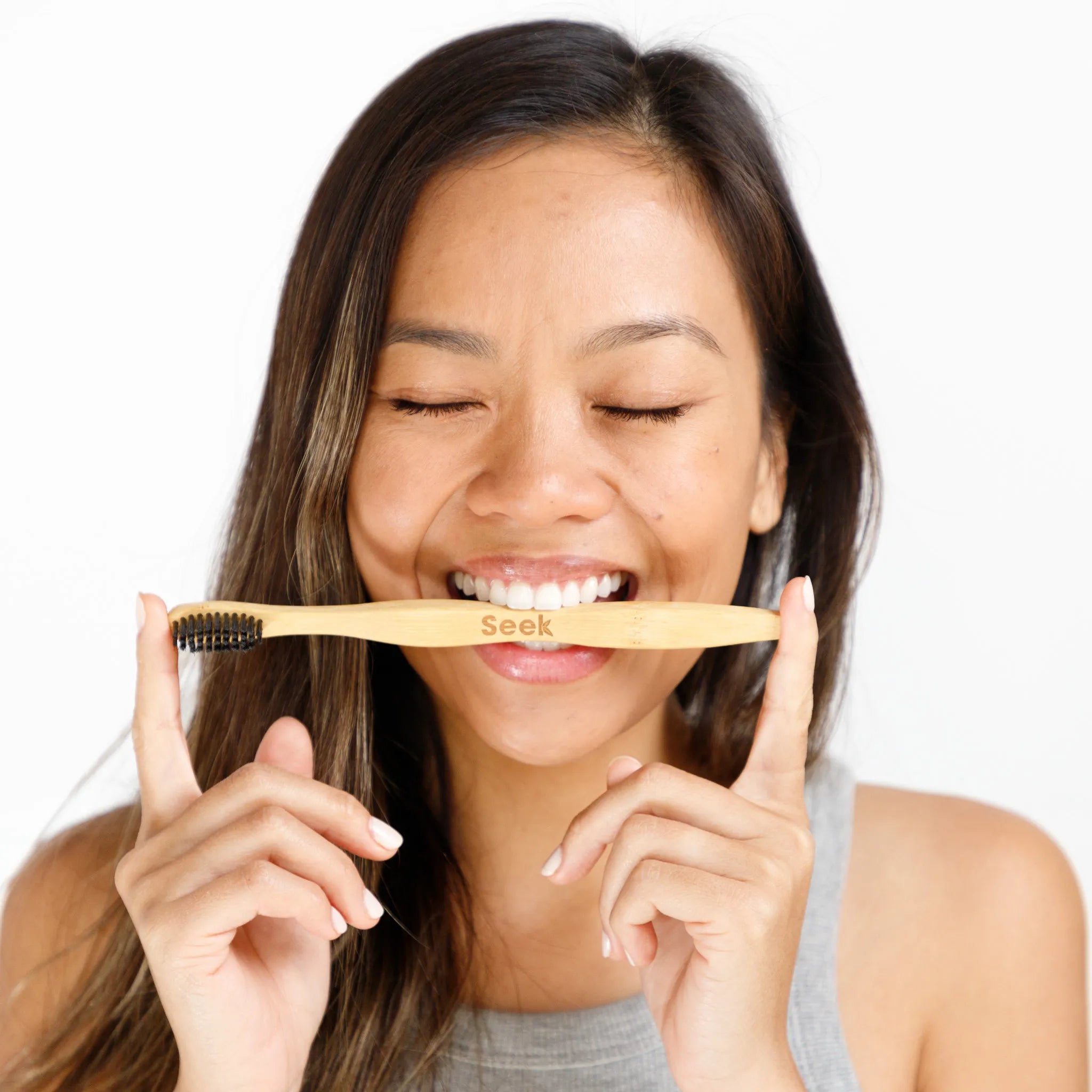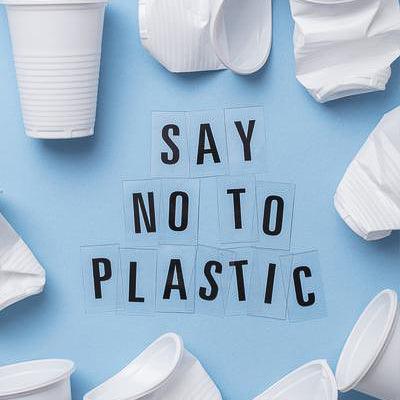As you may or may not be aware, Konjac sponges are made from the Konjac potato aka Konnyaku, a perennial plant native to Asia which has been used in Korea, Japan and China for over 1,500 years as medicine, food, and even a beauty product. These konjac sponges are becoming more and more popular in the west as a green alternative to traditional sponges made from polyester, polyurethane, or other oil-based plastics. Using such sponges is a way to move towards having a plastic-free home. These natural sponges have many benefits because they are rich in vitamins and minerals, they do tend to be a little more complex to use than traditional sponges. Do not let this make you afraid to use them. It is well worth your time to put in the extra effort. Your skin will thank you as well as the planet.
How Do You Use A Konjac Sponge?
So where should you start if you want to use a konjac sponge? Well if your sponge is brand new and it is the first time you are using it, you will need to soak it in warm water until it fully expands. This will take a bit of patience because it can take from 10 - 20 minutes. So set your sponge to soak and go do something else for a few minutes. If this was a recipe this would be the difference between total time and active time. Don’t worry your sponge will be fine on its own.
If it’s not the first time using your konjac sponge then all you have to do is wet your sponge well with running warm water. It is as simple as that. Once your sponge is completely soaked remove excess water by lightly wringing it out. Don’t twist or squeeze too hard at this stage because since konjac sponges are made of organic material this can damage the sponge. These sponges are not made with plastic-like traditional sponges so they are a little more fragile but you will be fine if you are not too rough.
Once you have removed the excess water you can begin to use the sponge to cleanse your face using a circular motion. The great thing about these sponges is many people do not use any cleanser at all. This saves you money while decreasing your use of chemicals on your face. Seek Bamboo offers a variety of konjac sponges enhanced with natural elements such as aloe vera, pink clay, or charcoal that may be enough where you don't need to use a cleanser at all.
When using a konjac sponge the surface is always covered with water which means that the fiber itself hardly comes into direct contact with the skin and will not scrape even with hard scrubbing. These sponges were first developed by farmers to be used on babies’ skin so you know they are very gentle.
After using the sponge on your face and/or body, rinse it thoroughly to clean it. Once your sponge is rinsed, put it somewhere well-ventilated to dry. This means you should let your sponge dry somewhere other than in your steamy shower. If your home does not have a good dry place to put your sponge you can rinse out your sponge, and then put in a sealed container and place in the refrigerator.
How Long Do Konjac Sponges Last?
Konjac sponges tend to last between 4 and 6 weeks if you care for them properly. An unopened and unused konjac sponge can be stored for up to three years. Like all sponges, konjac sponges need to be kept clean to avoid bacteria buildup and prevent mold formation because bacteria and mold love moist warm places. To sterilize it you can immerse your konjac sponge in very hot water for around three minutes on a weekly basis. Note use hot water not boiling water because boiling water can damage or deform the sponge. Remove the sponge from the hot water carefully, to prevent being burned. Once cooled, you can gently ring out the excess water in the sponge and put it in a well-ventilated area to dry as you would after normal use.
Water makes the world go around, and water is what makes konjac sponges so amazing to use. These sponges are gentle on your face, often do not need to be used with additional facial cleansers, and contain vitamins and minerals to make your skin happy. Konjac sponges are so much more than your traditional sponge so why not try one from Seek Bamboo today!




